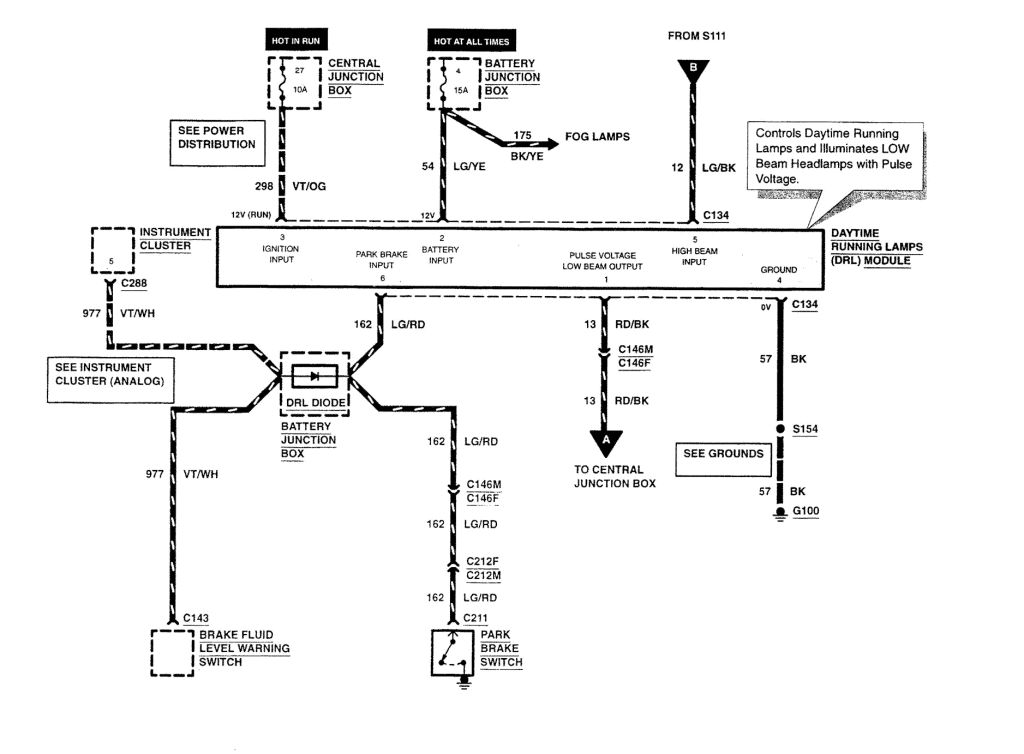If you were going to cause a problem with the lights where the only problem was that the license plate lights somehow mysteriously came loose and fell inside the tailgate and you was ask to fix them what would you do? And you are wanting to use this same vehicle at times so you want to be able to make sure its simple enough to fix when you need it. There was no problems with the lights until the license plate lights were put back in place.
Then only the daytime running lights would work no headlights or taillights, but the brake lights and turn signals would work. It was blowing fuses immediately with the car on or off, and found that somebody had turned the AC on when it was not needed, after turning the AC off it stopped blowing fuses, but a trip 5 minutes down the road the wires at the license plate light that was just fixed got hot enough to burn when touched and was smoking.
Now the daytime running lights will not turn off had to remove the battery cables to turn them off. What could be done and where would be the best place? I was thinking a possible hot wire setup somewhere maybe. Any help would be greatly appreciated. Even the obvious ( DO NOT LET SHADY A–HOLES WORK ON YOUR VEHICLE) Lesson learned.
License plate lights
First off, I prefer to correct problems instead of causing them. In diagnosing an issue, you can isolate and simplify. Then you may look for a common in all corresponding circuits.
Start with what was touched or worked on last. Start with the license plate lights. There is a common ground connection for many components including the license plates lights.

Daytime Running Lights
In regards to the daytime running lights not turning off, this is usually caused by a failed relay sticking. In your case the issue may be a failed diode allowing power to back feed.

suspect foul play?
Start by looking at the license plate bulb wiring and isolate it. Next see if they didn’t just run a hot wire from somewhere else. Finally inspect the fuse box for extra added wiring. Concentrate on the circuit that keeps blowing the fuse.